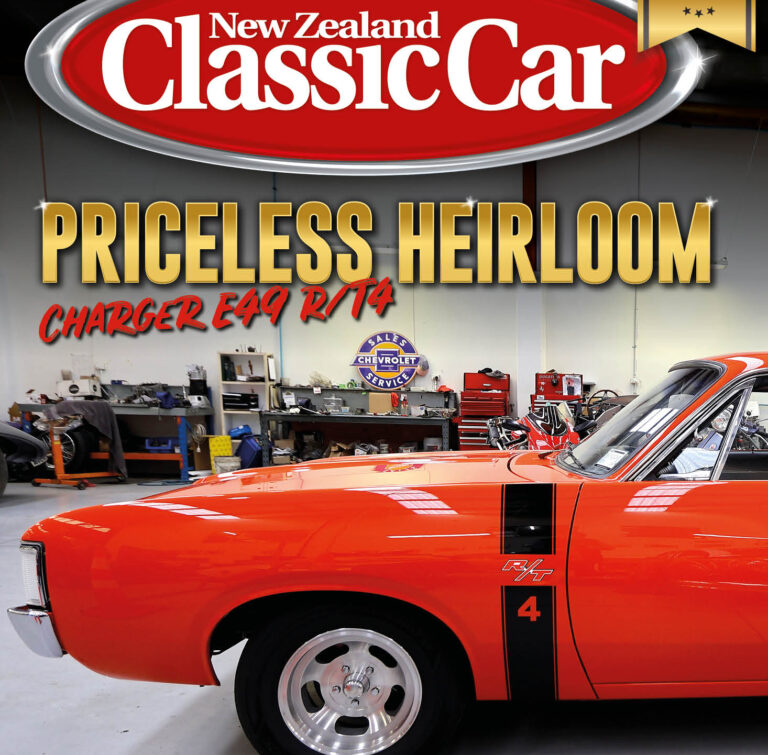data-animation-override>
“Between 1951 and 1958, Lancia produced six recognizable series of the Aurelia B20 GT”
1951
Aurelia B20 GT S1. The first Lancia to carry the Aurelia name was the B10 saloon, a replacement for the Aprilia. Powered by an all-alloy 1754cc V6 engine, the B10 debuted in 1950. The two-door B20 GT appeared the following year, powered by a 1991cc, 56kW version of the B10’s V6. Production: 500
1952
Aurelia B20 GT S2. With its 1991cc V6 now producing 60kW due to a higher engine compression ratio and revised valves, the S2 GT also featured improved brakes, new chromed bumpers, and a revised dashboard. Production: 731
1953
Aurelia B20 GT S3. The V6 was now enlarged to 2451cc, while outwardly the vestigial tail fins that featured on the earlier cars disappeared, and a larger rear window was fitted. Production: 720
1954–’55
Aurelia B20 GT S4. A new de Dion rear suspension was introduced, and the car was now available in left-hand drive for the first time — the B20S (‘S’ for sinistra, or left). Although an Italian-built car, until then most Aurelia GTs were right-hand drive. This also applied to many contemporary Maserati and Ferrari cars, and is generally believed to have something to do with most racing circuits being taken clockwise. The V6 engine was now fitted with more modern Vandervell engine bearings. For the first time, an open version of the GT became available — the B24 Spider (1954–’55). Production: 745 (B20) / 255 (B20S)
1956
Aurelia B20 GT S5. A new split-case transaxle was fitted along with a revised driveshaft with rubber-doughnut–type universal joints and larger drum brakes. Lowered compression and a softer camshaft saw power reduced to 82kW as the car gained a more luxurious character. The B24 Spider was replaced with the B24 convertible. Production: 119 (B20) / 180 (B20S)
1957–’58
Aurelia B20 GT S6. The V6 engine now produced 84kW, plus more torque to offset increased overall weight. Vent windows were fitted along with a chromed strip down the bonnet. The fuel tank was relocated from behind the seats to the boot on later S6 cars. Production: 196 (B20) / 425 (B20S)
Total Aurelia GT production: 3871


